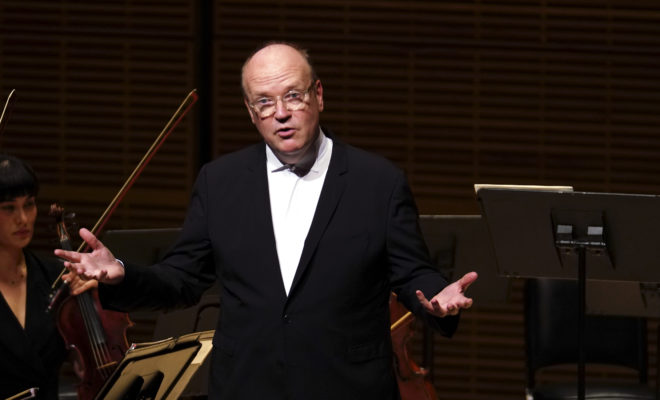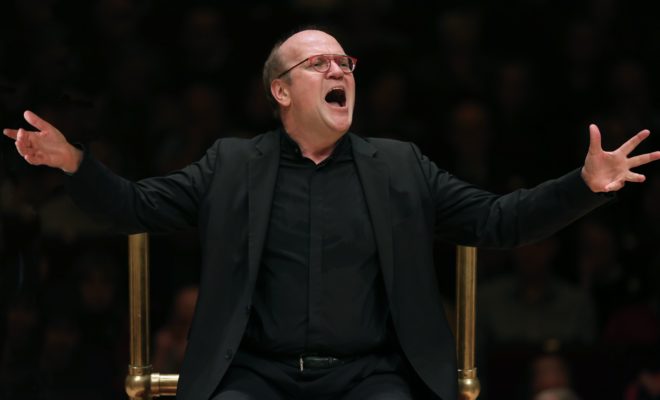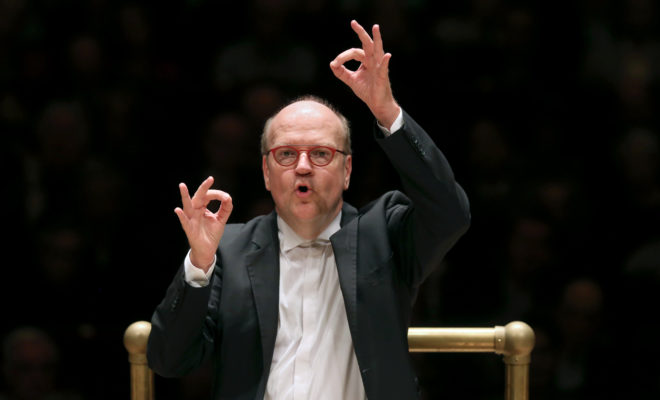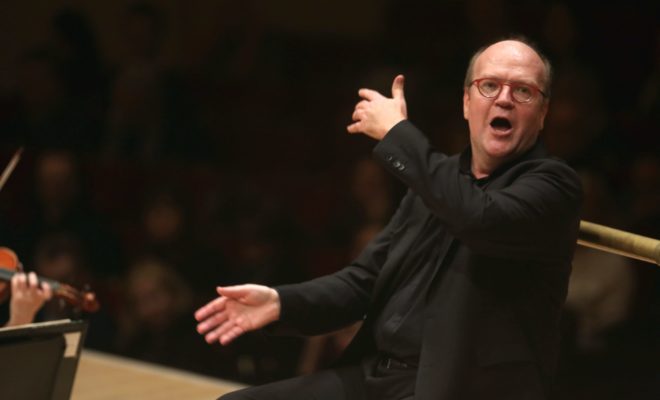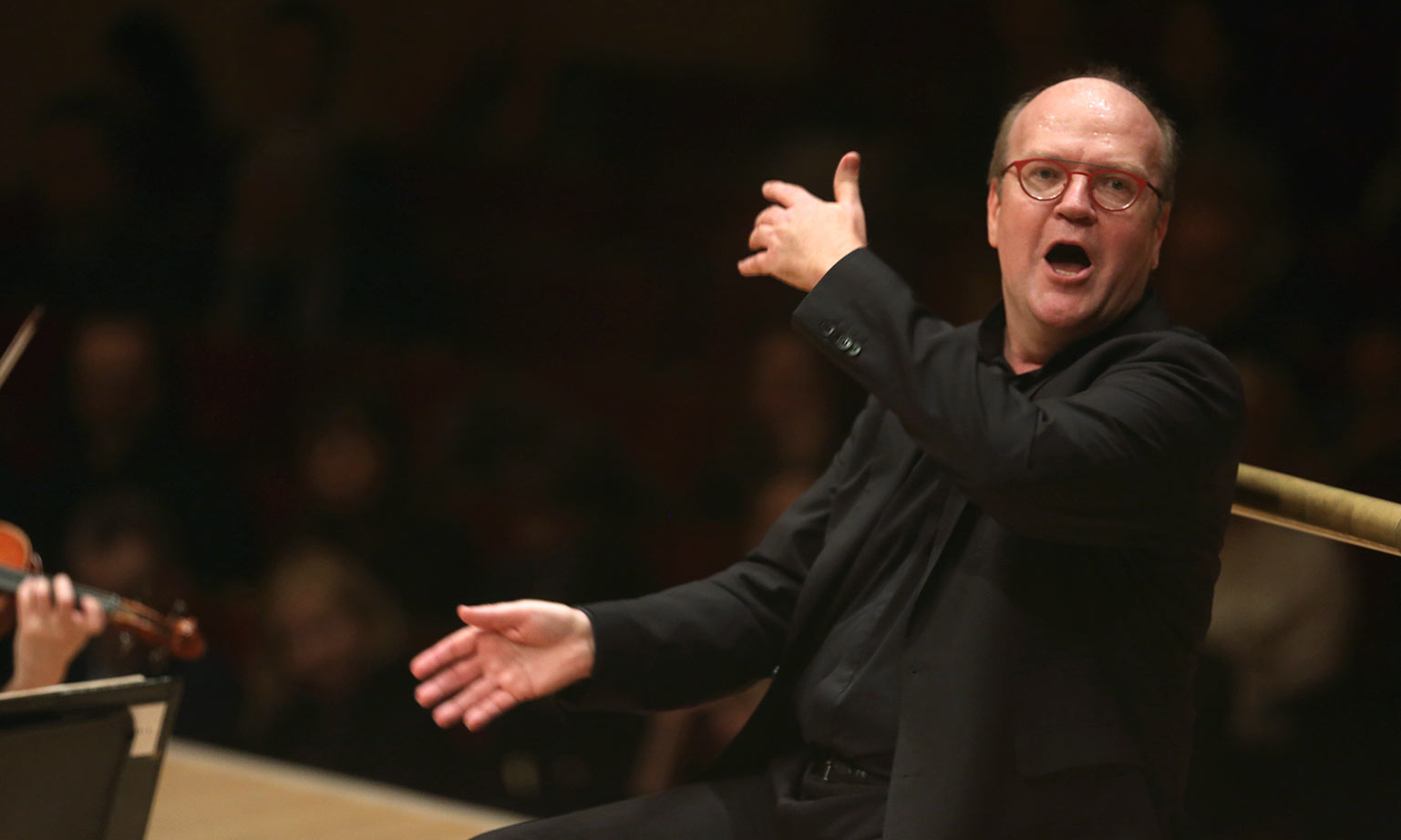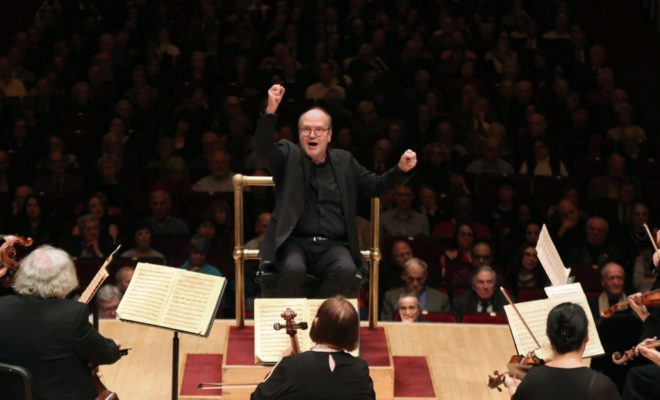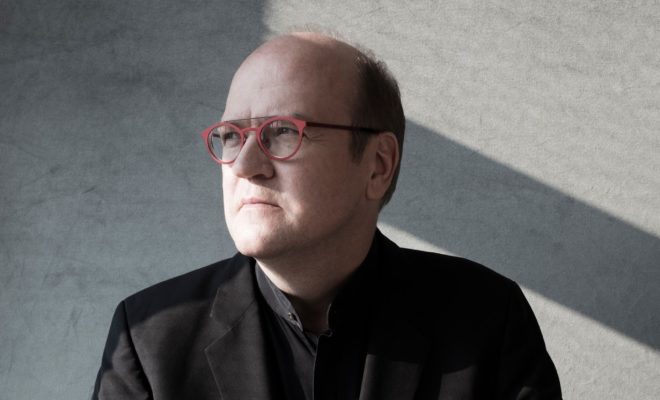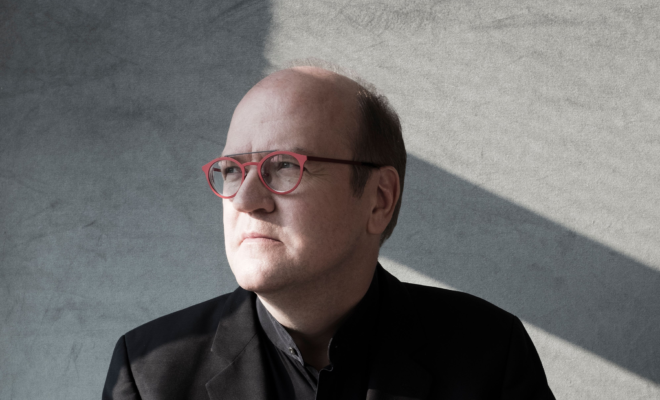There is no doubt that Bach was well aware of his worth and place in the music world of his time. Why wouldn’t he be?
We have numerous reports of his bold and almost brash behavior as a young man. He famously got into a brawl with a bassoonist named Geyserbach in Arnstadt because he had insulted the young man’s bassoon. Literally. No joke. Bach was twenty at the time, and some of the students in the orchestra he had to conduct were older than him. Apparently the level of playing was abysmal; one can easily imagine tensions flaring up once in a while.
When he accepted the job of Kapellmeister in Köthen in 1717, he did so without the approval of his then employer, Duke Whilhelm Ernst from Weimar. Bach had actually accepted an advance fee from his new boss in Köthen months before he left his job in Weimar, which meant he held two jobs at the same time. The duke was not happy when he found out, and Bach eventually spent four weeks in prison before he was finally allowed to leave Weimar and settle in Köthen. It’s rather easy to imagine the self-assurance and cockiness of the young composer.
The older composer never lost this feeling of self-confidence, but as he settled for the long run in Leipzig, he became more and more embroiled in petty conflicts with the city council over financial as well as artistic issues, which tell us the story of a man who felt deeply underappreciated by his employers. The fact that Bach did not possess a university diploma definitely played a role in the lack of respect he felt working in a city where the local university was the pride and joy of its aristocracy. Remember that Bach got the job as Thomaskantor only after Telemann (who had studied law at the university in Leipzig) and Graupner turned it down, which certainly didn’t put him on the best footing for his future quarrels with the city council.
However, at no time did these conflicts have an impact on his compositional activities. On the contrary, some of them seem to have triggered an outpouring of artistic productivity. When, in 1733, Bach wanted the protection of the newly ascended King-Elector of Saxony and Poland in order to arbitrate in his favor conflicts with local authorities in Leipzig, he sent him a royal gift: a Kyrie-Gloria mass which would eventually become the first two blocks constituting the mighty Mass in B minor. Bach of course eventually got the protection he was seeking.
In the last twenty years of his life, Bach was so well aware of the uniqueness of his gifts that he started compiling collections of his compositions of different genres, literally creating a catalogue of exemplary works left for future generations to meditate. He himself had done it with the music of his ancestors, as he collected compositions by older members of the Bach family – many of these often admirable works would be unknown to us today without Johann Sebastian’s will to preserve them.
Somehow he felt the need to do the same with his own music.
Like many of his contemporaries, Bach had a habit of grouping together pieces of the same nature, often in batches of six: we have the six Brandenburg concertos, the six sonatas and partitas for solo violin, the six suites for solo cello, the six sonatas for violin and harpsichord, etc. In later years though, Bach’s purpose was not so much to create sellable six-packs as to literally exhaust the potential of certain forms or genres. He had started that process much earlier with the first book of the Well-Tempered Clavier (1722) completed by a second book in the 1740s. He will with time do the same with the four installments of the Clavier-Übung (“keyboard practice”) which exhaust respectively the genres of keyboard partita, instrumental forms adapted for keyboard (Italian Concerto and Overture in the French Style), prelude and fugue, chorale prelude, and finally, variation (the Goldberg).
To that list one can add the canonic variations on Vom Himmel hoch, which were presented as an almost scientific showpiece to grant Bach membership in the highly select Mizler’s Music Society in Leipzig three years before his death. When challenged by King Frederick the Great in Potsdam during his famous visit in 1747, he produced a series of canons of incredible complexity that sets the gold standard for this old technique of composition: The Musical Offering.
His last years would be devoted to the completion of two masterful summae distilling the essence of his art: The Art of the Fugue and the Mass in B minor. Each had a specific purpose: The Art of the Fugue was meant to demonstrate all the possibilities of contrapuntal writing which had occupied him since his youth; the Mass in B minor was a “greatest hits” catalogue of all forms and genres of figuraliter church music he had produced through his long career.
It has long been thought that The Art of the Fugue was the last piece he was working on at the time of his death; evidence was the unfinished final fugue with the famous words added at the end of the manuscript, supposedly in Carl Philipp Emmanuel’s writing: “At the point where the composer introduced the name B-A-C-H in the countersubject to this fugue, the composer died.”
This is a beautiful and romantic story: imagine the old Bach, by then almost completely blind, painfully writing the last notes of the unfinished fugue, suddenly dropping the pen and exhaling his last breath… It would make for a great movie scene.
Unfortunately, things didn’t happen that way.
- First and foremost, the name of B-A-C-H (musical notes in the German system: B-flat, A, C and B-natural) constitutes the core of the third subject of the fugue; it is not part of any countersubject. This might sound like hair splitting to non-musicians, but trust me, any member of the Bach family knew the difference between a subject and a countersubject. The famous words at the end of the manuscript could not have been written by Carl Philipp Emmanuel or any of Bach’s other sons.
- Second, Bach was already working on the edition of The Art of the Fugue at the end of his life. Never before did he ever prepare the edition of a piece or a collection that he had not yet finished composing; there is no reason to believe it was different with The Art of the Fugue. As for the unfinished final fugue, it is much more plausible to think that Bach had indeed completed it, but that the last bars are missing from the only manuscript we have and were not found by those who attended to the posthumous publication of the work. I have to admit, this is not a romantic story, but there it is. In all likelihood, Bach’s last project before his death was the completion of the Mass in B minor.
Another myth about The Art of the Fugue needs to be debunked: it is not some kind of “theoretical” music intended for no specific instrument, as it is often said. Bach’s instrument was the keyboard, and The Art of the Fugue is undoubtedly a keyboard piece. Every single note can be played on it by a gifted player. The fact that Bach was writing the music on four independent staves doesn’t mean anything: this was common practice for contrapuntal keyboard music in the early 18th century.
Now the fact that The Art of the Fugue was intended for keyboard doesn’t prevent us from performing it on other instruments. Of all of Bach’s keyboard works, it is the one that offers itself the most naturally to orchestration or arrangement, and indeed many such reworkings have been realized in the past fifty years. (An important detail though: the four canons included in the collection are different animals, and three of them don’t really lend themselves to any other instrument than the keyboard in my opinion.)
The Art of the Fugue is probably Bach’s keyboard work that benefits the most from a well-crafted transcription for other instruments. Although some great organists, harpsichordists and pianists have offered us remarkable interpretations of the piece, a performance with independent instruments, each one of them responsible for playing an individual line (in solo or tutti configuration), provides the listener with far greater legibility and allows a much easier understanding of Bach’s complex writing.
Let’s be honest: The Art of the Fugue is music for adults. It doesn’t lend itself easily to casual listening at cocktail hour. I believe however that arrangements or orchestrations allow for much easier listening. It can at the same time enhance clarity and unleash the emotional power of the music. For those insisting on a keyboard rendition, the modern piano, when in very good hands, has an edge over the harpsichord and the organ in terms of differentiation of voices. (I beg my many harpsichordist and organist friends to forgive me for writing that.)
To further demonstrate all of this, I have chosen for you three different interpretations of the same fugue (Contrapunctus IX): first on the organ (by Harnoncourt’s long-time partner in crime, the legendary Herbert Tachezi), second on the piano (by the highly opinionated Grigory Sokolov), and third by a chamber orchestra featuring strings and continuo (my very own Violons du Roy). Each one is performed at a comparable level of technical perfection (if you allow me a pinch of bragging rights regarding the third one…). Although tempos are somewhat similar, each instrumental choice presents the piece in a completely different light.
There are other arrangements out there that are worthy of your interest, for instance the recording using violas da gamba by the Montreal-based group Les Voix humaines: the use of an instrumental combination that pre-dates Bach actually gives the music a surprising dose of modern zest. This is only one of the many choices available to you if you wish to explore the many facets of this monument which constitutes in my mind one of the pinnacles of modern music.
Just not at cocktail hour.
Program
Johann Sebastian Bach
Die Kunst der Fuge, BWV 1080: IX. Contrapunctus 9 a 4, 'alla Duodecima'
Johann Sebastian Bach
The Art of the Fugue, BWV 1080: No. 9, Contrapunctus IX alla Duodecima
Johann Sebastian Bach, arr. Bernard Labadie
Die Kunst der Fuge (The Art of Fugue), BWV 1080 (arr. B. Labadie): Contrapunctus IX


